
|
If you've got an iPhone, here's a handy app you'll most definitely want to install, one that could potentially save your life. This health app, contains an important feature called Medical ID. You're probably already familiar with the 'In Case of Emergency' (ICE) practice, which collects important contact information on your phone so that it may be used to contact family in the event of an emergency - well, Apple's Medical ID is basically an enhanced version of ICE. This feature provides both emergency contact information, and also informs first responders and medical personnel of important health information, such as your medications, medical conditions, blood type and allergies. |
|
|
|
Setting Up |
|
Here's how to set up Medical ID on your iPhone: Note: To take advantage of this nifty feature, your phone needs to run on iOS 8. |
|
1. To get started, launch the Health app. 2. Tap the Medical ID icon, located at the bottom-right of your screen. 3. Tap Edit on the top-right corner of your screen |
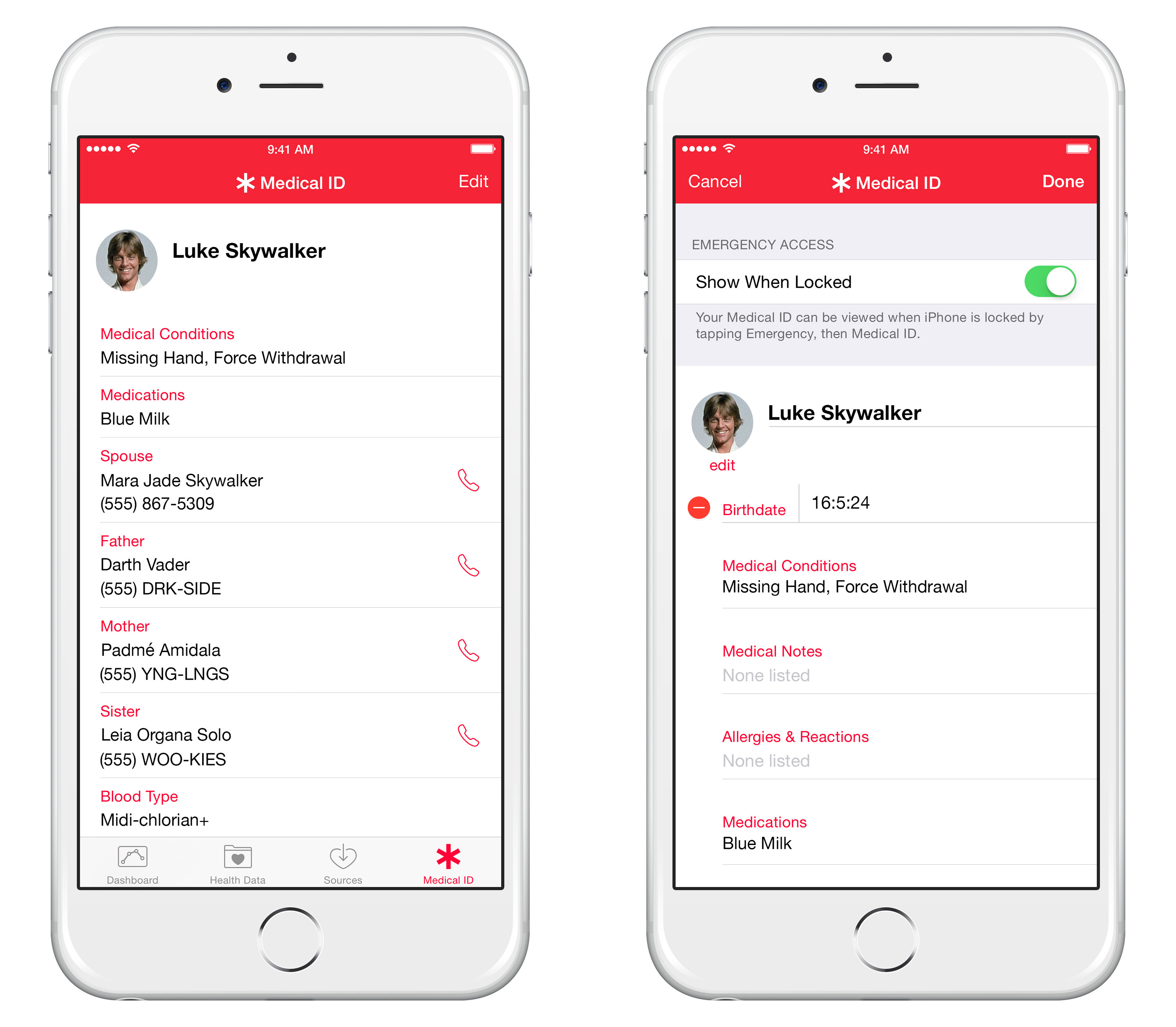 |
|
4. Change or update your name, photo, birth date and input any important medical information. 5. The fields available will allow you to list any medical conditions, allergies, and current medications. You also have a blank field for general medical notes - such as your preferred hospital or doctor, or any religious requests. 6. Further down, you can add multiple emergency contacts, which must be included in your already existing iPhone contacts. If your ICE contact is not in your phone book, they must be added prior to proceeding. 7. In the process of selecting your contacts, the Medical ID app, will ask you to identify your relationship with the person. With this in mind, should you rather not mention how this contact person is connected to you, you may simply put 'other' or 'emergency'. 8. Below the contacts section is another field, whereby you can add your blood type, height, weight and your organ donor preference. 9. Once you have completed the information, just tap Done at the top of the screen to save your changes. |
|
|
|
Accessing Medical ID |
|
Once all your important medical information and emergency contacts have been stored in your iPhone's Medical ID, here's how someone can access this information in the event of an emergency. For safety reasons, your iPhone should be secure, meaning that it should have a passcode or Touch ID, prohibiting others from entering your phone. Despite this, the Medical ID can still be accessed from a locked screen. |
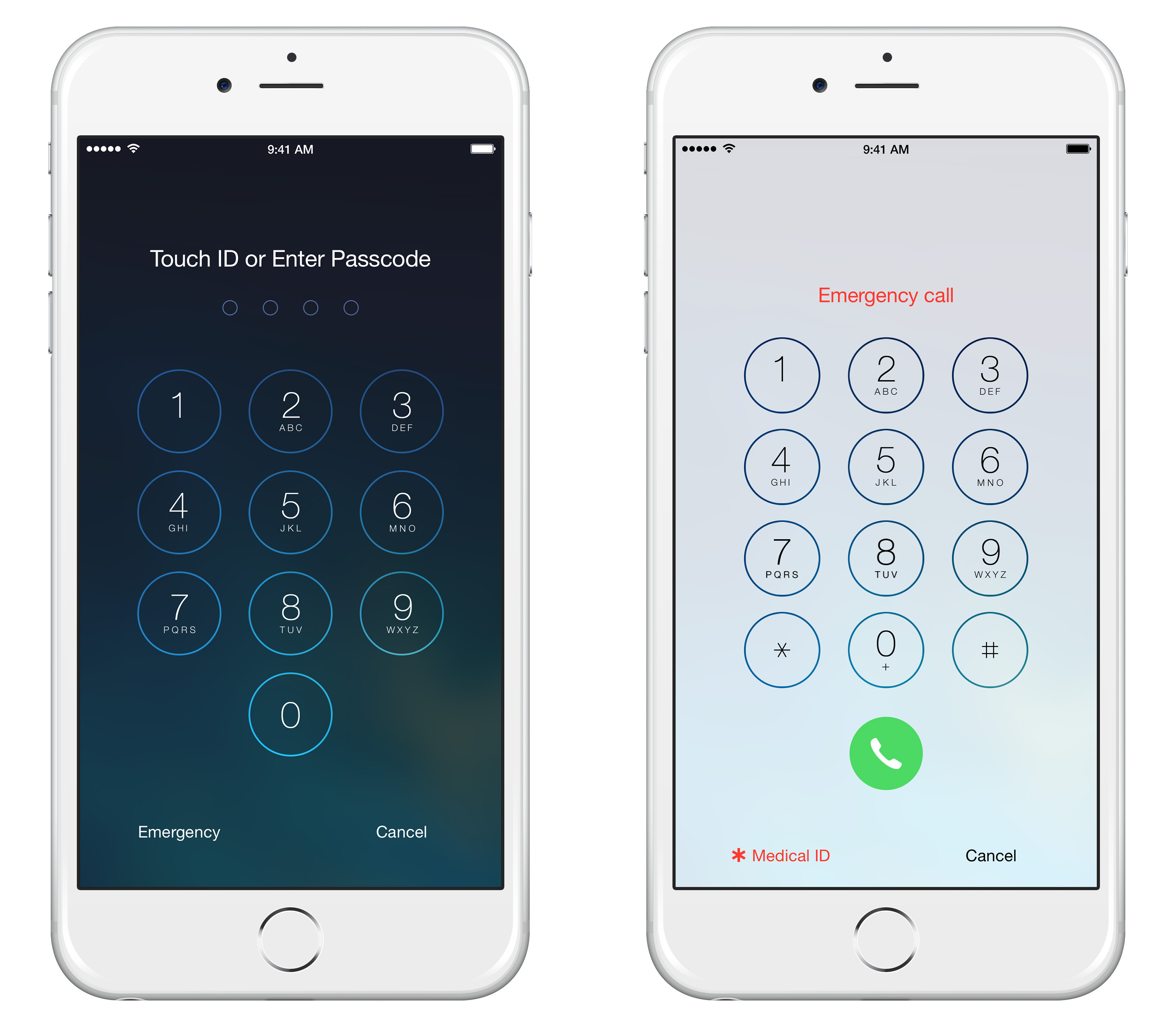 |
|
Just tap Emergency on the bottom-left of the iPhone lock screen, allowing anyone without a passcode to make an emergency phone call. Then tap Medical ID, which will bring up a screen showing the information you entered previously. Anyone accessing your Medical ID can tap on any of your emergency contacts and call them directly. |
|
What if you don't have an iPhone? |
|
This app has yet to be introduced to android users, in which case, it is wise to mark or create a separate folder for your ICE contacts. |
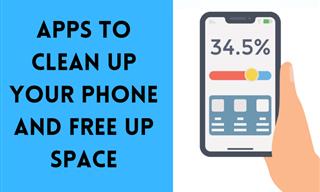
4 Super Useful Cleaner Tools You MUST Have on Your Phone
Install these free cleaner apps on your smartphone and save some precious space on your device.
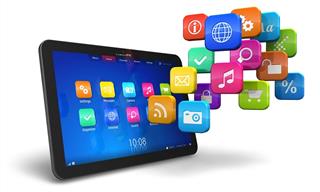
7 UNDISCOVERED Apps That are NOT on the Google Play Store!
I can’t believe I never knew about these handy Android apps.
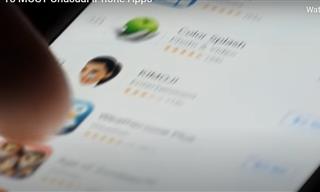 17:18
17:18
15 Unusual But Really Cool iPhone Apps You Can Try
There are many apps that an iPhone user doesn't know about yet. Here are a few of the most unusual ones.

Find Siri Underwhelming? Here Are Some Great Alternatives
Take a look at some useful voice command apps for iPhone that might just be better than Siri for you.

Deleting a Text Message is Easier Said Than Done
At first glance, deleting a text message sounds pretty straightforward, but you’re not fully deleting the message in most cases...
 2:05
2:05
Easy Ways to Watch Content from Your Phone on Your TV
Cast and screen share your phone to your TV with these tips.
 17:41
17:41
TikTok: Tips and Tricks for Beginners
Whether you are a total beginner or just looking to streamline your process to get more views, this tutorial covers everything you need to know to go from recording to posting.
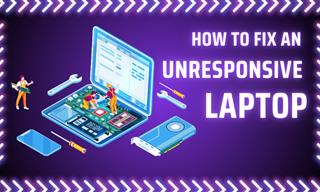
Laptop Won't Power Up? Try These 11 Effective Solutions
Laptop not starting? Try these essential steps to troubleshoot it.

5 Best Online Platforms for Couples' Counselling
We've researched the options and returned with the 5 best platforms for online couples' therapy.

Thirsty For Knowledge? Check Out These YouTube Channels
If you love to learn new things with each passing day, then get ready to discover a gold mine full of educational tools!

14 Tips for Using the Computer More Easily
It’s very likely that in the following computer tips list you’ll find information that will surprise you!
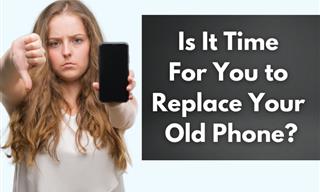
Replace Your Smartphone if It’s Showing Any of These Signs
Here are 7 major telltale signs that your smartphone is in need of an upgrade.
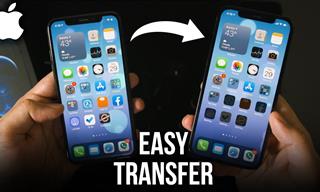 5:02
5:02
How to Transfer Data From Your Old iPhone to The New One
Got a new iPhone? Here's how you can move all your data from your old iPhone to the new one.
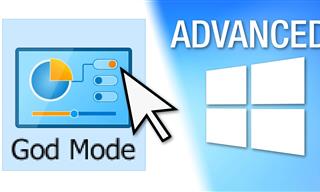 17:20
17:20
Discover a Feature of Windows That's Super Helpful
Learn how to use some advanced new features of Windows 10 that you probably weren't aware of.
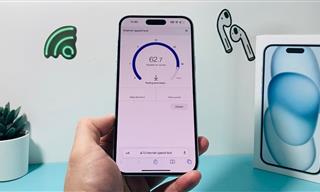 7:09
7:09
Struggling with Slow iPhone Internet? Try These Tips
iPhone running slow again? Here’s how you boost your speed…

Making These Email Mistakes Comes Off As Rude or Annoying
When sending an email, the last thing you want is to come off as impolite or annoying. Here are 5 common email mistakes to avoid.

2025's Online Threats Will Be More Sophisticated Than Ever
A look at the cyber scams that you need to be wary of this year.
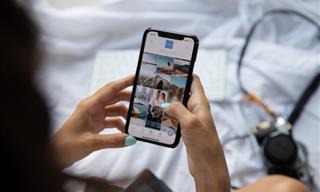
Looking for an Instagram Alternative? Try These Platforms
If you’re ready to explore beyond Instagram, here are eight great alternatives.
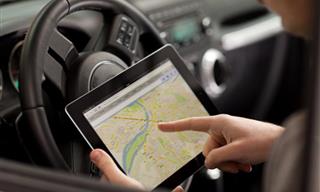
I Bet You Didn't Know You Could Do THIS on Google Maps
Here are all of the things you can do on Google Maps that you never knew you could.
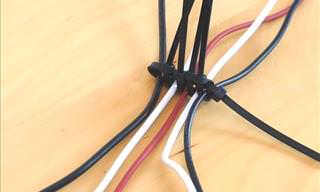
5 DIY Solutions to Better Organize Your Cords and Cables
Computer cables have an annoying tendency to tangle and create an unseemly mess. Here are some easy ways to prevent that.
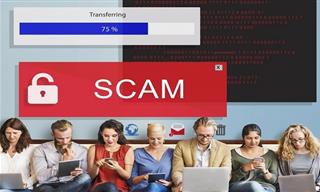
9 Warning Signs You're Dealing with a Social Media Scam
Don’t fall for these common social media scam ads.

If You Do This, Then You Could Be Damaging Your Phone...
Many people end up damaging their phones without even realizing that they are doing so, and here are 9 of the most common ways this happens.

7 Websites With Free Useful Apps for Your Computer
we've gathered 7 recommended repositories where you can find almost any software you might need for Windows – and at no cost!

Is Your Browser Slowing Down? Fix It With These 10 Tips
Get Chrome running smoothly with these seven easy fixes.

Best ChatGPT Prompts for 2024
Let's explore some great prompts you can start with on your AI adventure, either for fun or for productivity or knowledge.

This One Computer Key Is Used for a Myriad of Shortcuts!
The 'Win' key is usally thought to only bring up the start menu. It actually does a whole lot more. Get a load of these dozens of shortcuts!
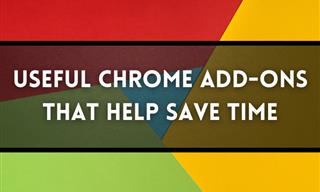
12 USEFUL Chrome Extensions That Save Time
Improve your browsing experience with these free Google Chrome extensions.

Overpaying for Streaming? Here’s How to Fix That!
Save big on your streaming bills with these simple tips.

9 Useful Blogs Created Specifically For Senior Citizens
Here’s a wonderful collection of blogs that seniors will find particularly helpful.
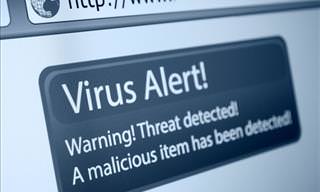
7 Reasons Why Your Computer is Running Abnormally Slow
There are many things that could be slowing your computer down and you'll find 7 of them in this article. Take a look!
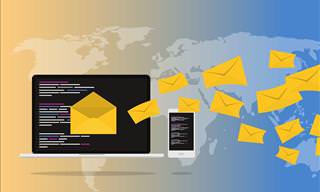
Losing Important Emails? Here’s How to Tidy Up Your Gmail
A helpful guide to setting up Gmail filters to prevent emails from getting lost or spam overflowing your inbox.

12 Amazing Internet Radio Stations to Spice Up Your Day!
Check out these 12 fantastic internet radio stations.
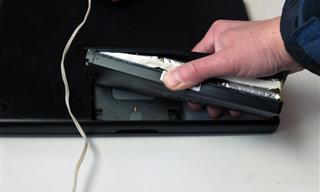
What Causes Laptop Batteries to Bulge Over Time?
These early warning signs can save your laptop's battery and prevent potentially dangerous situations.
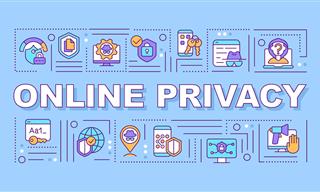
Secure Your Data: 5 Must-Have Privacy Apps
A look at five apps that help you take back control of your digital footprint, including their strengths, trade-offs, and where to download them safely.
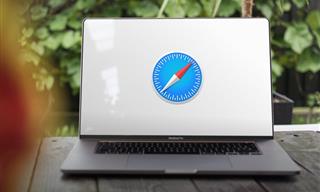
8 Smart Safari Customizations Every Mac User Should Know
Here are some of the most effective ways to fine-tune Safari on your Mac.
 15:16
15:16
Get Smarter: How Do Hard Drives Work?
How do hard drives built and how do they work? All is explained in this video.

You Didn’t Realize it, But AI Is Making Your Life Better!
Here are thirteen unique ways AI can simplify daily life.

Computer Guide: How to Clear Space on Your Google Account
How to easily free up storage space on your Google Drive without paying for more storage.

Smishing 101: How to Recognize Scam Text Messages
This is how you recognize and handle fraudulent or scam text messages, also known as smashing.
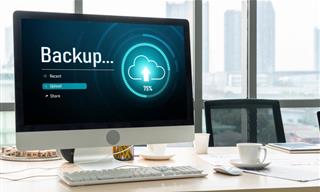
The 7 Backup Mistakes That Leave Your Files Vulnerable
Here’s what most people get wrong about backups.
 8:31
8:31
20 Terrifically Helpful Chrome Keyboard Shortcuts
Welcome to the ultimate guide to mastering 20 essential keyboard shortcuts for the Google Chrome browser!

Did You Know These Cell Phone Facts Are All Totally False?
People just love to give you advice about smart phones, but it turns out that a lot of this information is false. Never believe these 9 smart phone myths.

Do You Eat Out Often? These 7 Apps Will Save You Money!
If you’re struggling to keep up with your monthly food budget, you’re not alone. Here are 7 dinning apps that will save you money every time you eat.
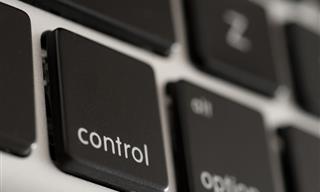
Computer Tips: All You Can Do With the CTRL/Control Key!
The control key has more uses than just copying and pasting. These are the 20 more useful keyboard shortcuts you can do with the control key.
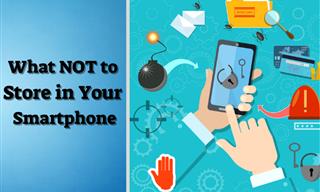
5 Things to Never Store on Your Smartphone
Stop using your smartphone as a master repository for saving all kinds of information. It may be dangerous...
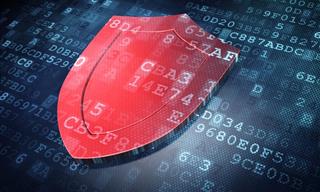
5 Best Antiviruses in 2025 for Both PC and Mac
Below, we highlight five popular antivirus solutions for Windows PCs and five for Macs, featuring a mix of free and paid options.

All You Need to Know About Your Computer
It's that age of computers, and we should all educate ourselves so we all save ourselves time and anxiety when using a computer, a tablet or a phone. This collection of posts will give you insight into many computer-related issues.
To enable your Ad-Free Subscription, please fill the fields below
Your subscription was successful, now you can enjoy an ad-free experience!! Note: To make sure you get no ads, please make sure to log in to your account. If you are logged in already, then refresh the page. The subscription can be cancelled at any time.


